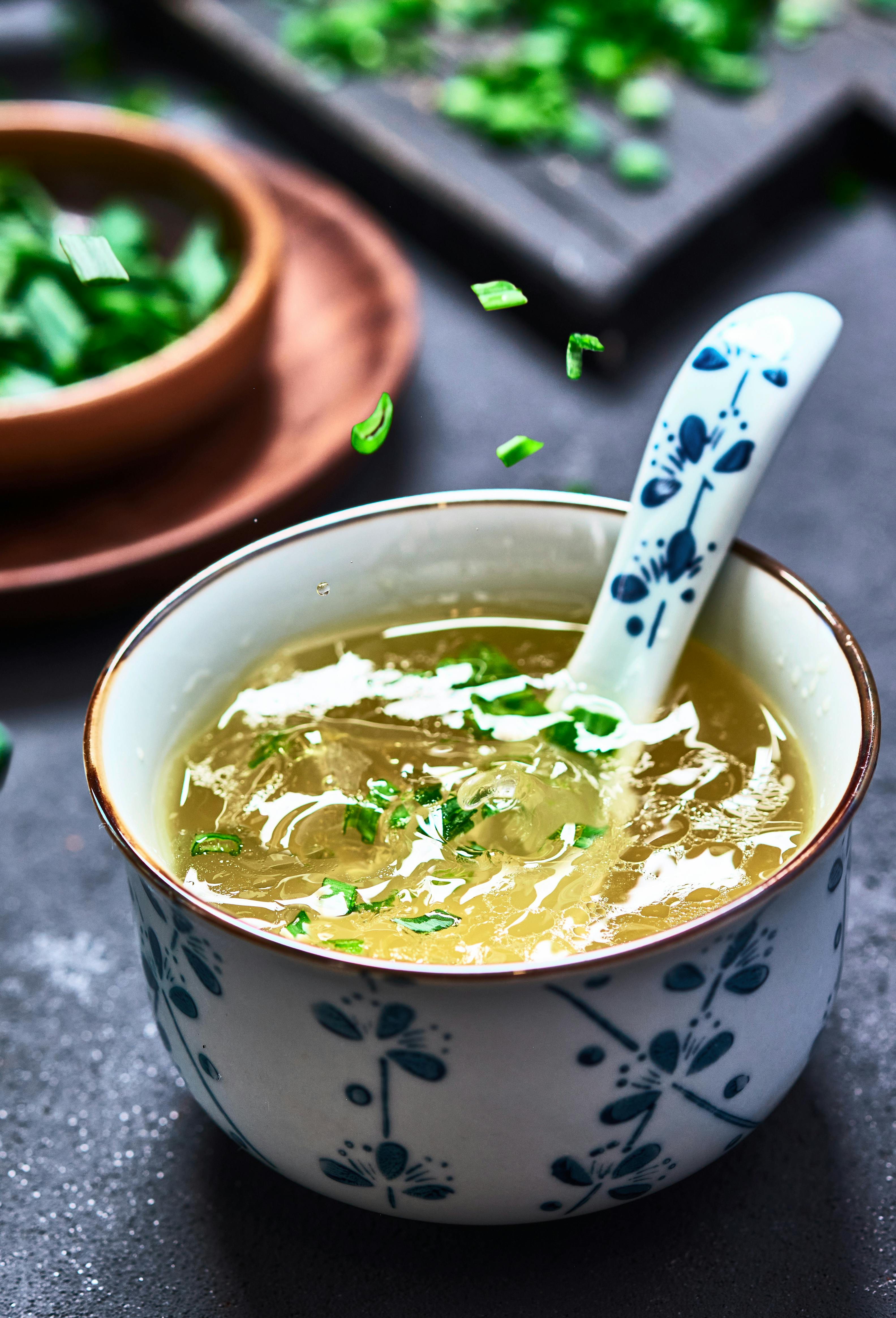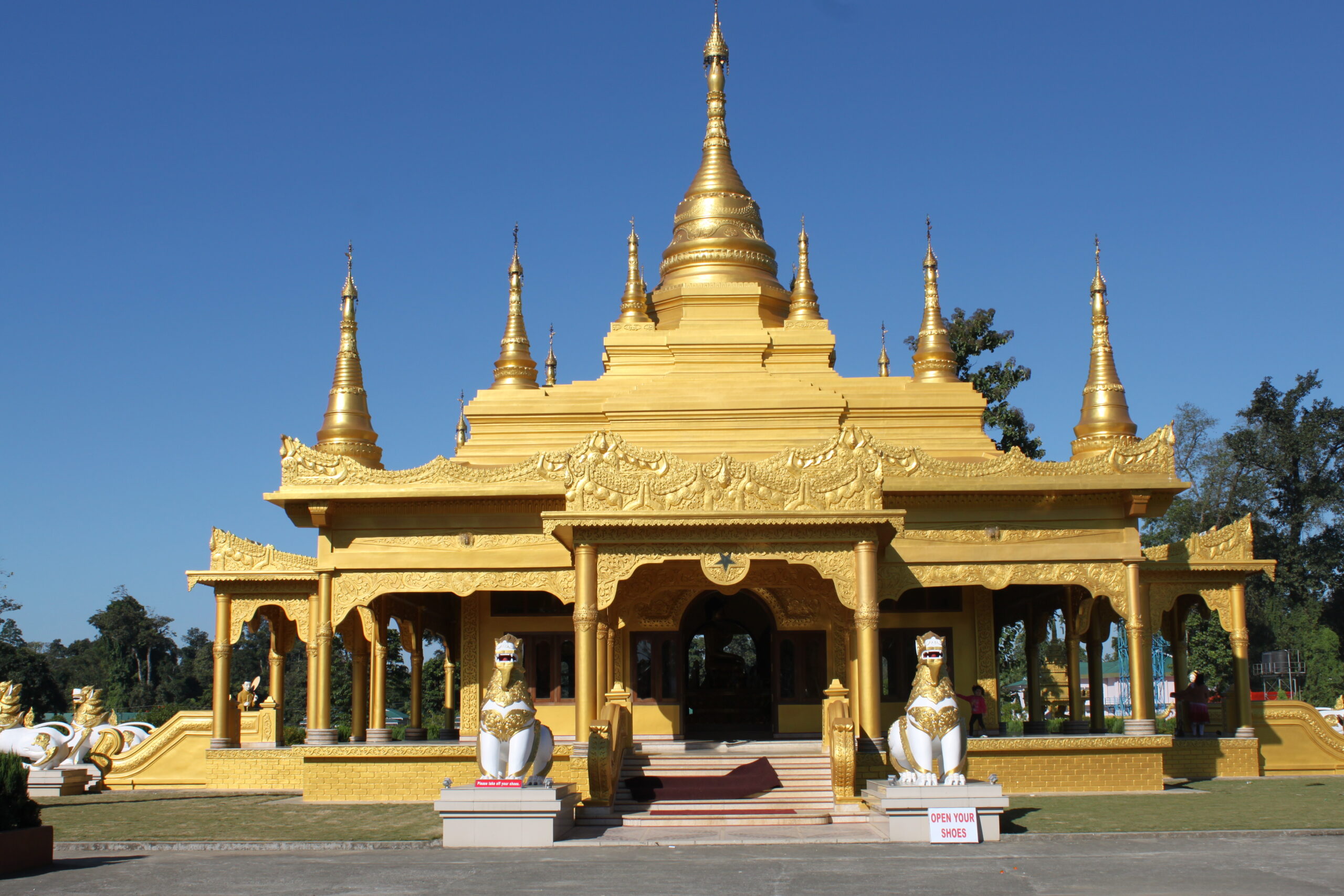Namsai: Nestled in the northeastern state of Arunachal Pradesh, Namsai is a destination where nature’s untouched beauty meets the opulence of tribal culture. This charming town beckons travelers to explore its pristine natural landscapes, immerse themselves in the local traditions, savor delectable cuisine, and experience the tranquility of the region. Known for its lush greenery, vibrant heritage, and serene ambiance, Namsai is a place where nature’s canvas and cultural riches blend seamlessly. In this article, we’ll embark on a virtual journey through Namsai, unveiling its top attractions and unique cultural experiences.
“Embark on a journey to Namsai, Arunachal Pradesh – a serene haven nestled in the lap of nature. Explore the tranquil landscapes, lush greenery, and rich cultural heritage that define this enchanting district. Plan your visit to Namsai to witness the harmonious blend of tradition and modernity, savor local flavors, and experience the warmth of Arunachali hospitality. Uncover the beauty of Namsai, where every moment is an invitation to discover the unique charm of this hidden gem in northeastern India. Your adventure awaits in the heart of Arunachal Pradesh.”
Places to Visit in Namsai, Arunachal Pradesh
- Golden Pagoda: The Golden Pagoda, also known as Kongmu Kham, is a magnificent Buddhist temple covered in golden hues. It stands as a symbol of peace and spirituality and is surrounded by lush gardens and serene surroundings.
- Namsai Tea Estate: Namsai is renowned for its tea plantations, and a visit to a local tea estate offers a chance to witness the tea-making process and savor freshly brewed tea while enjoying the picturesque views.
- Noa-Dihing River: The Noa-Dihing River is a scenic waterway where you can partake in activities like boating, angling, and picnicking. The riverbanks are ideal for relaxation and exploration.
- Chongkham Monastery: The Chongkham Monastery is a serene spiritual site that offers insight into the local religious traditions and provides a peaceful atmosphere for visitors.
- Local Markets: Exploring the local markets is a great way to experience the vibrant culture of Namsai. You can find traditional tribal crafts, spices, and fresh produce, providing a glimpse into the daily life of the locals.
The Best Time to Visit Namsai, Arunachal Pradesh
The best time to explore Namsai is during the spring and summer months, from March to June, when the weather is pleasant, and the natural beauty of the region is in full bloom. The monsoon season, from July to September, can bring heavy rainfall, while the winter months, from October to February, offer a comfortable climate for sightseeing.
Cultural Heritage and Festivals in Namsai, Arunachal Pradesh
City cherishes its cultural traditions and celebrates festivals like Sangken, Poi-Leng, and Solung with great enthusiasm. These festivals feature traditional dances, rituals, and a vibrant display of the local way of life.
Traditional Art Forms in Namsai, Arunachal Pradesh
City is known for its indigenous art forms, including intricate Thangka painting, traditional handicrafts, and handwoven textiles, which are integral to its cultural identity.
Culinary Delights
City’s cuisine is a delightful blend of local tribal flavors, with dishes like Thukpa, Zan, and various rice-based delicacies gracing the dining tables. These offerings capture the authentic and delectable tastes of the region.

Comfortable Accommodations
City offers a range of accommodations, from modern hotels to comfortable guesthouses, providing options for different budgets. Places like the Tourist Lodge and local homestays offer a convenient stay in the heart of the town.
In conclusion, Where nature’s canvas and cultural riches come together, creating an enchanting and serene atmosphere. Whether you’re a nature enthusiast, a culture lover, a food explorer, or an urban adventurer, It has something special to offer. Plan your trip, explore this vibrant town, and create cherished memories in the heart of nature’s splendor and cultural significance.

